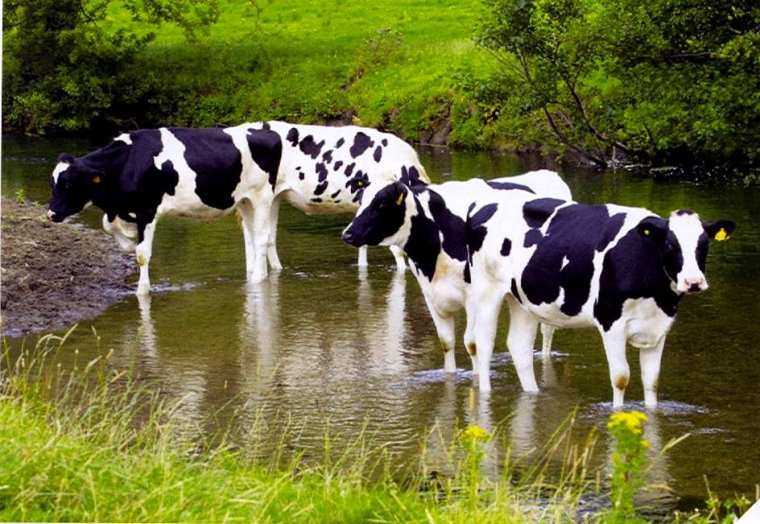
Central coastal South Island continues to be dry with little rain and high temperatures for February, returning dryland pasture growth back to single figure levels, while most of the rest of NZ is enjoying the warmer spell after recent good rains.
These falls have brought an increasing risk of facial excema outbreaks for northern regions and managers are being urged to put preventative plans in early.
Autumn rains will need to start soon in the dry regions as nights cool, and any recovery will be limited by soil temperatures. West Coast farmers are focusing on growing plentiful autumn grass to try and compensate for low reserves of stored feed and poor establishment of winter crops, after the very wet spring and summer.
The global milk flows stagnate, with Europe reporting volumes down for the 6th month in a row, but countered by US production that is up for the last 4 months.
At home Fonterra report they have lifted their annual milk estimates albieit still well back on last year, and plan to increase offer volumes at auction by 10,500tonnes in the next 12 months.
Last weeks latest auction followed milk future downward trends as prices fell by 3.2%, as the market continues to be volatile and very sensitive to supply news.
On the positive side a Ministry of Primary Industries report reinforces the importance of dairy to the NZ economy (8% of GDP), and Fonterra holds the milk forecast steady, but increases the advance rate for the rest of the year.
Westland farmers rate this year the worst in the last 20, with many on restricted milking and production down 15-20% and this will be unhelpful for their processor whose forecast is behind the pack.
The Aussie banks report agricultural impaired loans are increasing and mainly in the dairy sector, as those with reduced production and heavy debt face major survival issues.
The Government announced adjustments to their waterways plan that has a goal to have 90% of NZ rivers swimmable by 2040. The dairy sector has led investment into the fencing and effluent rule changes, and now it is up to the other livestock, and urban operations to follow and improve the water environment for all to enjoy.
The January farm sales and price data revealed a largely flat month, although the median price per ha lifted 13% over the last year for dairy farms, on the back of the better price outlook.
Dairy prices
Select chart tabs
We welcome your comments below. If you are not already registered, please register to comment.
Remember we welcome robust, respectful and insightful debate. We don't welcome abusive or defamatory comments and will de-register those repeatedly making such comments. Our current comment policy is here.